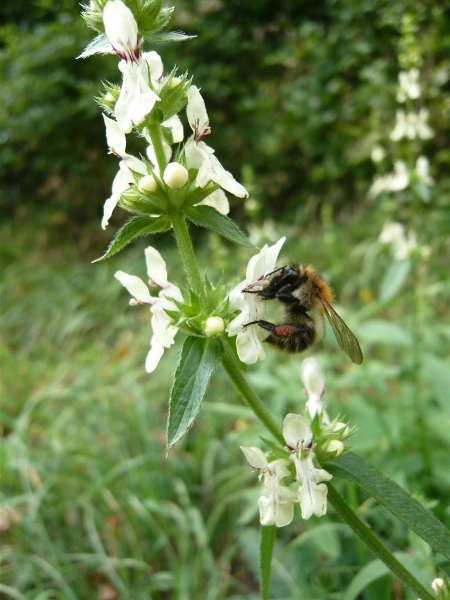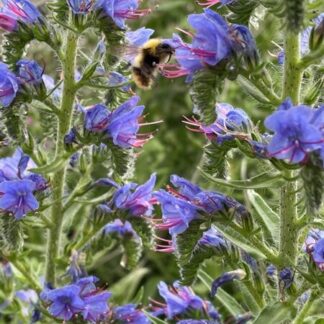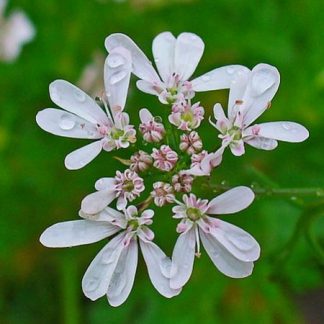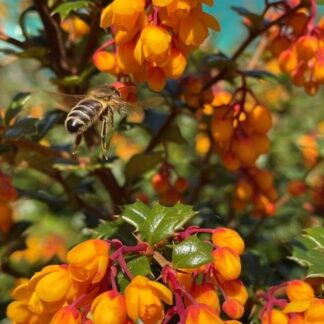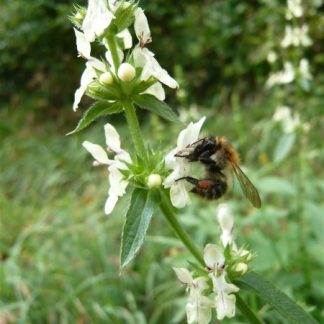Description
Lamiaceae(family)
Forage for Pollinators: Produces abundant Nectar and some Pollen for Honeybees, Short and Long-tongued Bumblebees, and Solitary bees. It is renowned in parts of Europe as an outstanding honey-plant: (excerpt, Data on Honey from the Kazanlak region (Central Bulgaria), J.R.Atanasova et al: …73 pollen taxa were identified, 59 from nectar-producing plants; 2 of these pollen taxa were dominant: Robinia pseudoacacia and Stachys recta from Enina village. These honeys were classified monofloral).
Flowering time: June, July, August, September, October
Growing information: HERBACEOUS PERENNIAL growing to 0.2-0.4m (8-16 inches) high. Flowers on dense terminal spikes, are whitish-yellow in colour. Found in lawns, in semi-dry and dry grasslands and on rocky hillsides. It prefers alkaline and moderately dry soil, is widespread across Europe to the Caucasus, and is naturalised in parts of the British Isles. Its overwintering buds are situated just below the soil surface and the floral axis is more or less erect with a few leaves.
Photo credit: czyściec-prosty

